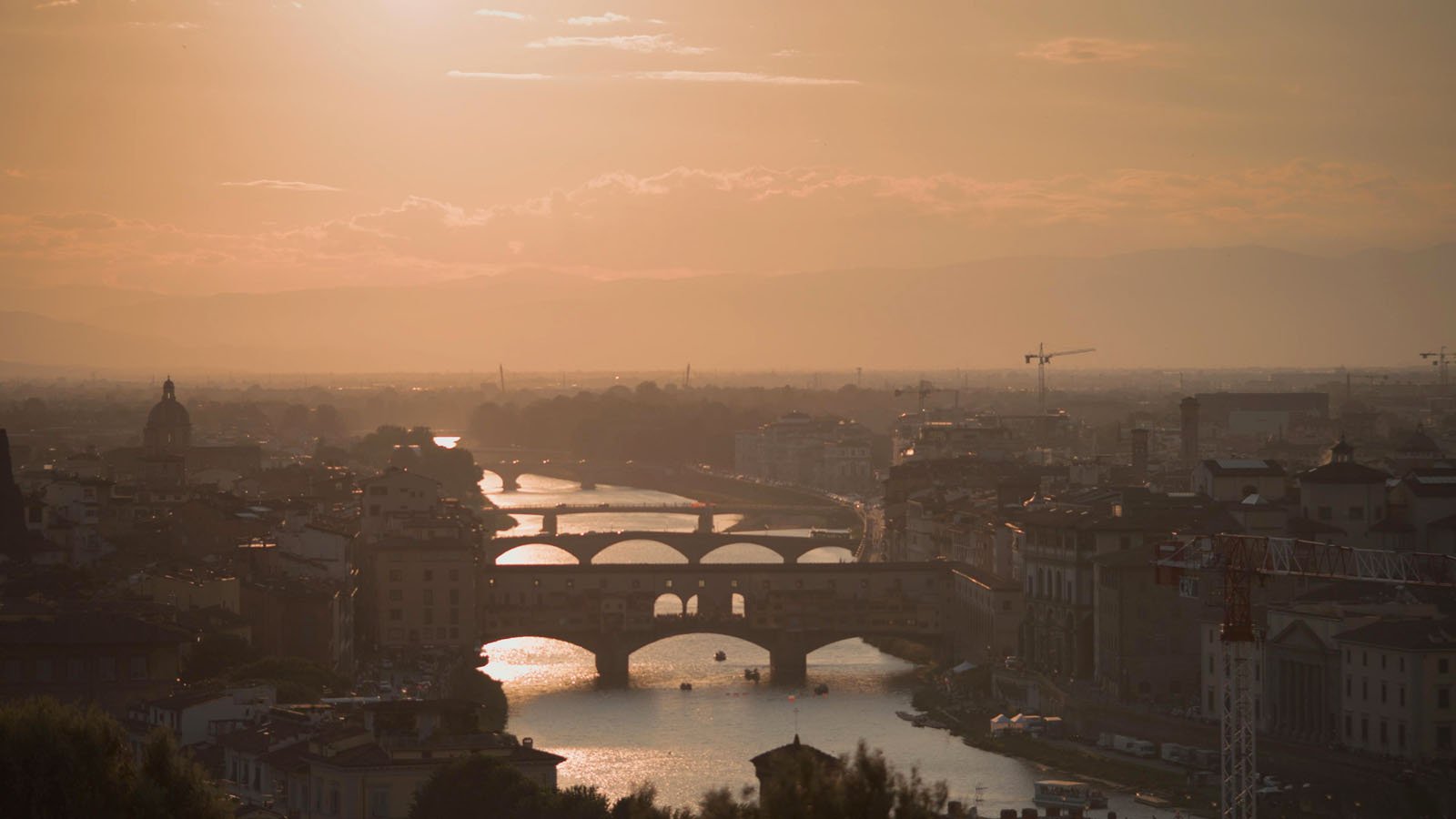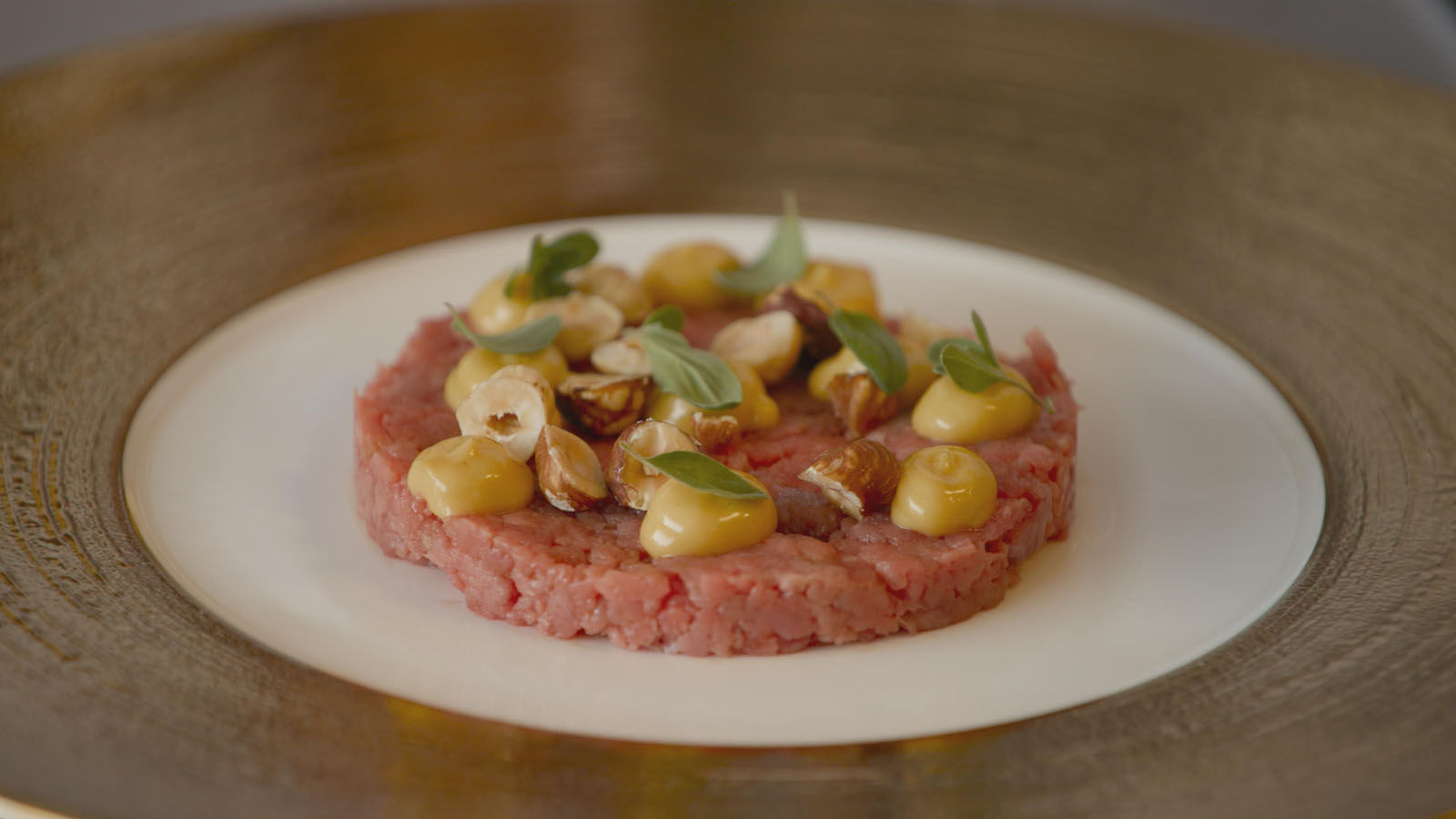How the New TV Series ‘Tucci In Italy’ Captures the Essence of Italy

Celebrated actor Stanley Tucci has racked up an impressive six Emmy Awards and two Golden Globes throughout his lengthy career. However, alongside his award-winning roles, he is also beloved for hosting travel and food series, the latest being Tucci in Italy with National Geographic, which premiered this week.
How Cinematographer Matt Ball Went From Trainee to Award-Winning Filmmaker
PetaPixel spoke to the series’s cinematographer, Matt Ball, who also shot Stanley Tucci: Searching for Italy for CNN in 2021 and 2022.
Ball’s career has been wide-ranging, with the cinematographer working his way from camera trainee to assistant to award-winning commercial photographer.
“As a trainee, you’re just trying to learn as much as possible — learning set etiquette, understanding how each department collaborates, figuring out who does what. Becoming an assistant and then an operator brought much more responsibility and technical precision. It’s where I really developed the discipline, problem-solving instincts, and trust in my own knowledge and that I was doing a good job,” Ball tells PetaPixel.
“The move up to DoP felt like a natural progression but also a shift in mindset. You’re no longer supporting the vision, you’re helping to define it.”
Creative Collaboration With Stanley Tucci
In the case of Tucci in Italy and before that, Stanley Tucci: Searching for Italy, Ball describes a collaborative relationship between him, Tucci, and the rest of the creative team.
“Stanley is incredibly collaborative, he’s a real joy to work with because he truly believes in the show. He loves Italy, he loves the people, the food and the culture and I know Stan wants to do the show and of course wanting to do it is such an important part, you have to want to do it, not just turning up and saying something that’s been prepped for you. He wants to do it and he wants it to be good,” Ball explains.

The cinematographer believes Tucci trusts him and the rest of the team.
“We have such a great crew and every person on the team wants to do the best job they can, and that attitude and work ethic comes from the top.”
Ball says Tucci is highly receptive to other people’s ideas and gladly listens to and takes suggestions. He is also a part of the team. When the crew is suffering through long, hot days in the field, and everyone is tired, Tucci is there — he isn’t ducking out to avoid the tough parts of the job.
Some of the creative ideas that Ball and the rest of the crew bring to the table include how to best showcase Italy, its people, food, culture, history, and vibrant beauty.





“One of the things Stanley and I discussed was to not shoot anything too tight, we rarely used anything tighter than a 50mm lens, we never wanted the viewer to feel that Stanley was disconnected from the person he was talking to or from what they were discussing. We always wanted the option to have a wide shot showing exactly the context of where we were, who we were with and what we were doing,” Ball says.
As for shooting the food, they always wanted to shoot the food as a plate-sized close-up.
“It’s not a cooking show, so we were never aiming to achieve the ‘food porn’ style that other programs aim for,” Ball explains. “It’s always about the people and the story — we allowed that to dictate our shots.”
The People Are the Focus
“Tucci in Italy is first and foremost a documentary about people — their stories, their identity, and their culture — and it’s told through the universal language of food. Whilst there has to be an element of food cinematography involved, what’s equally important is the ability to adapt and be responsive in the moments,” Ball says.
He explains that Tucci in Italy requires a documentary sensibility because parts of its creation are spontaneous. It’s essential to capture authentic moments, which requires always being ready to get the shot. The crew can’t always get a second take with the people they’re filming or provide much by way of direction, or else people might start to “perform for the camera,” which is not the objective of the show.


Authenticity even carries through the color grade. While Ball was not heavily involved with the grade for Tucci in Italy due to other commitments, he says the team wanted a gentle warmth, “as the environment would mostly dictate.”
“We didn’t want to over saturate the image or change it to something that it wasn’t. It was important to keep the colors and feel as totally natural. Again we’re always trying to maintain an authenticity in every aspect of making the program,” Ball explains.


“The story always determines the location,” Ball says, while adding that they got to shoot in some beautiful places. They also shot the show in small kitchens, industrial factories, and muddy, empty fields. It’s not always visually stunning, Ball says, but they have to stick to the concept that the people are the story and the lives they lead, wherever that is, must be documented.
“We’d love for every scene to be picture postcard perfect, but that’s not the reality of what we’re documenting.”
How Cinematography Differs From Photography
Speaking of picture perfect, Ball is not just a cinematographer, he also has extensive professional still photography experience.
“Still photography and motion photography obviously share commonalities — composition, light, texture, and tone — but they operate in fundamentally different ways. In stills, everything is distilled into a single frame. You’re capturing something in just one image. With motion, you have to think in sequences — how one shot ends and flows into the next, plus there’s often more than just one camera in a scene, and all the same considerations have to be made for the other cameras. Stills taught me how to work with natural light and to be as meticulous as possible with small details, in stills everything is in the detail of that one frame,” he explains.
He believes a strong foundation in still photography can help provide a strong grounding for videographers, especially concerning composition, light, and visual storytelling.

“However, it’s important to remember the two disciplines are quite different,” he adds. “till photography is about capturing a single decisive moment, while working in moving image involves pacing, movement, sequencing and sound, so while there’s overlap, the skillsets don’t always translate directly.”
For anyone just getting started — someone who wants to work their way up like Ball did — he says they should try to spend as much time as possible around projects, even if that means creating their own.

“Anything that gets you hands-on will teach you something,” he says. “Go out and shoot birds in the garden, edit a sequence together, and see if the result matches what you had in your head. That gap between what you imagine and what you achieve is where you’ll learn so much.”
He adds that learning how to edit is a great skill to learn, too. By understanding how the footage you shoot fits together, creators will become better shooters themselves.
“And finally — the one thing I know for sure is that nobody knows everything. Even the most experienced professionals are always learning. So don’t be intimidated by what you don’t know yet. Don’t be afraid to ask questions, and don’t worry about not having all the answers,” Ball concludes.
Tucci in Italy Is Airing Now
Ball says working on Tucci in Italy was a blast to create.
“I have a genuine love for Italy that I don’t think will ever leave me,” he recalls.

While it’s hard to pick a favorite memory, a few stand out.
“Shooting in the mountains of Trentino Alto Adige was beautiful, the chaos of Naples, the Trabocchi (fishing platforms and restaurants) in Abruzzo were spectacular.”

“We did so many wonderful things, I’m truly grateful for the opportunity to have worked on this show with such a wonderful team of people,” Ball concludes.
The passion shows through in the final series. The five-part Tucci in Italy series is available on National Geographic and it is streaming on Disney+ and Hulu. The first three episodes aired on May 18, while the remaining two will premiere on June 1 and June 8. Fans of Italian culture and cuisine should absolutely check it out. So too should fans of Stanley Tucci, as his love of Italy and its people is infectious.
Image credits: National Geographic
Source link



